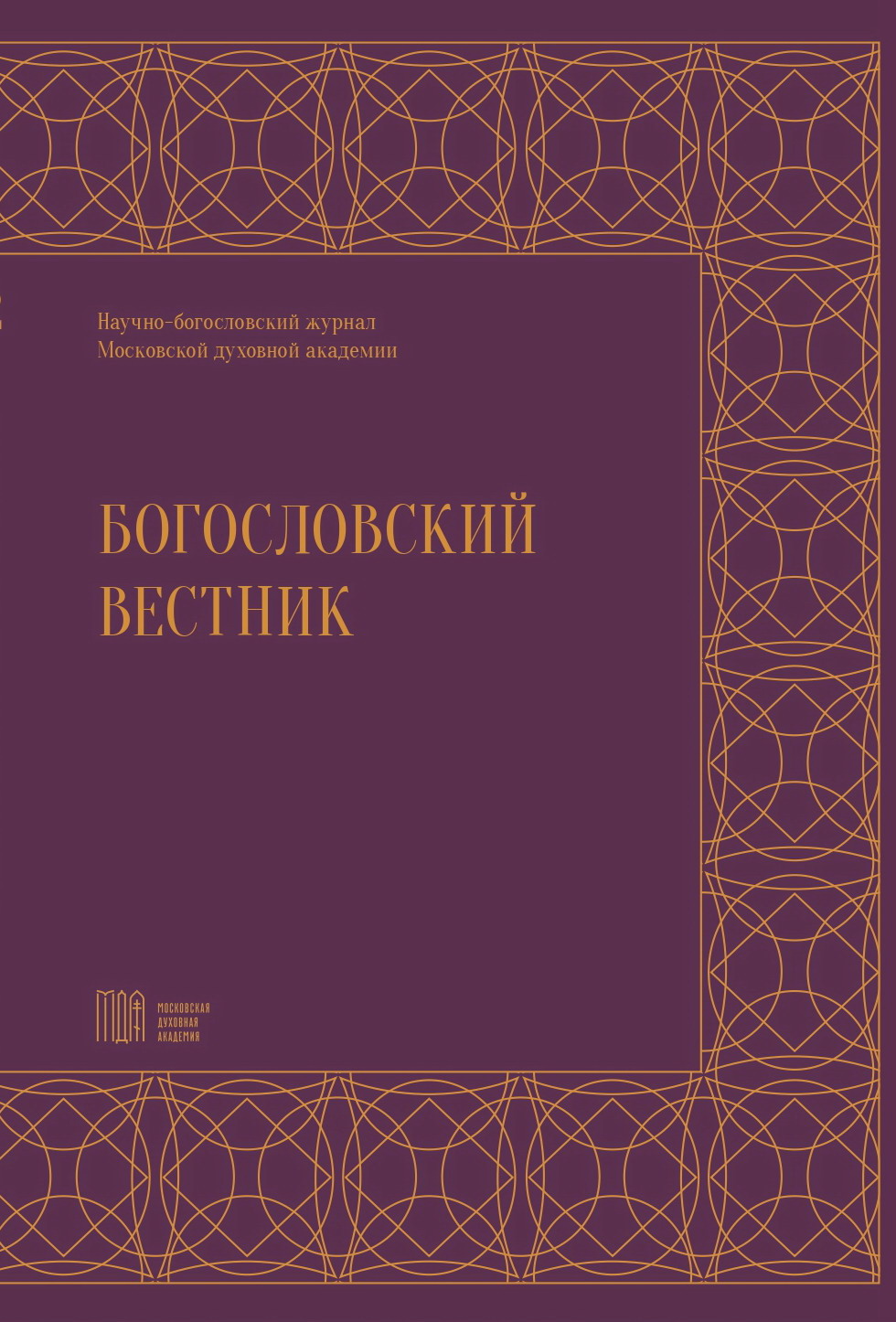On the Renewal of the Covenant in the Holy Scripture: The Method of Theological Correlation as a Hermeneutic Tool
DOI:
https://doi.org/10.31802/GB.2024.54.3.001Keywords:
Holy Scripture, covenant, renewal of the covenant, theological correlation, theology of history, soteriologyAbstract
Despite the fact that the Holy Scriptures repeatedly narrate about God’s promise of an eternal covenant with people, due to the apostasy of the Israelites and their inability to be faithful to the union with God, there are also many indications in the Bible that this covenant must be renewed. This idea can also be found in the intertestamental texts and documents of the Qumran community. And the famous prophecy of Jeremiah speaks of the conclusion of a new covenant, since the first one was abolished by the sin of people. Modern biblical studies and theology give different answers to the question of how to interpret this seeming contradiction. Secular scholars of Scripture point out that different texts reflect different traditions formed in the history of Israel. In their view, the New Covenant of Jesus Christ fits into this line. The method of theological correlation allows to see in the disparate and often dissimilar biblical episodes the same uninterrupted action of God’s Providence. This method also allows us to remove the dilemma between the idea of cyclical nature of history and its strict linearity. It makes it possible to see in the series of narratives of the renewal of the covenant the idea of so-called «cumulative covenant» which covers the history of the world from the first creation to its fulfillment.
Downloads
References
Documents of Jewish Sectaries. Vol. 1: Fragments of a Zadokite Work / ed. S. Schechter. Cambridge: At the University Press, 1910.
Theophylactus Ochridensis. Expositio in II epistulam S. Petri // PG. T. 125. Col. 1256-1288.
Блаженного Феофилакта, архиепископа Болгарского, толкование на соборные послания святых апостолов. Казань: Универ. тип., 1865.
Дамасский документ (CD). [Электронный ресурс]. URL: http://apokrif.fullweb.ru/kumran/d_ doc.shtml (дата обращения 29.07.2024).
Бибихин В. В. Новый Ренессанс. Москва: МАИК «Наука»; «Прогресс-Традиция», 1998.
Поснов М. Э. Идея Завета Бога с израильским народом в Ветхом Завете (Опыт богословско- философского обозрения истории израильского народа. Богуслав: Лито-тип. А. М. Ленского, 1902.
Рузер С. Концепция «Нового Завета» в иудаизме периода Второго Храма и в первоначальном христианстве // Ежегодная богословская конференция Православного Свято-Тихоновского гуманитарного университета. Вып. XVII. Т. 1. Москва, 2007. С. 18-26.
Dumbrell W. J. Covenant and Creation: A Theology of Old Testament Covenants. Exeter: Paternoster Press; Lancer Books, 1984.
Hahn S. Covenant in the Old and New Testaments: Some Current Research (1994-2004) // Currents in Biblical Research. 2005. Vol. 3. Iss. 2. P. 263-292.
Haran M. The Berit «Covenant»: Its Nature and Ceremonial Background // Tehillah le-Moshe: Biblical and Judaic Studies in Honor of Moshe Greenberg. Winona Lake (Ind.): Eisenbrauns, 1997. P. 203-219.
Hillers D. Covenant: The History of a Biblical Idea. Baltimore (Md.): The Johns Hopkins University Press, 1969.
Rendtorff R. The Covenant Formula: An Exegetical and Theological Investigation. Edinburgh: T&T Clark, 1995.
Walton J. H. Covenant: God’s Purpose, God’s Plan. Grand Rapids (Mich.): Zondervan, 1994.
Weinfeld M. Berith // Theological Dictionary of the Old Testament. 1975. Vol. 2. P. 262-265.
Downloads
Published
How to Cite
License

This work is licensed under a Creative Commons Attribution-ShareAlike 4.0 International License.








